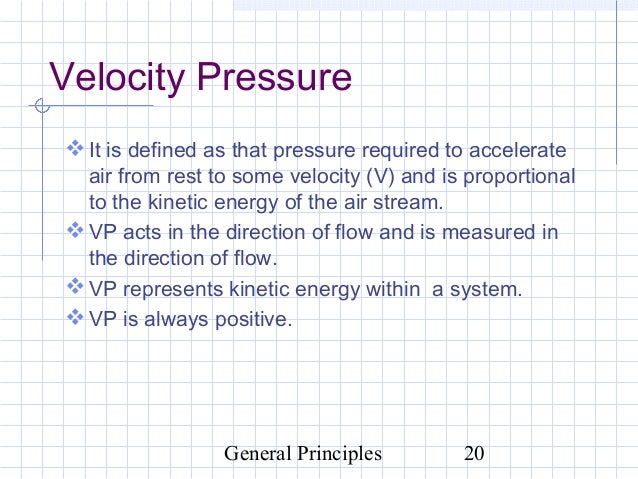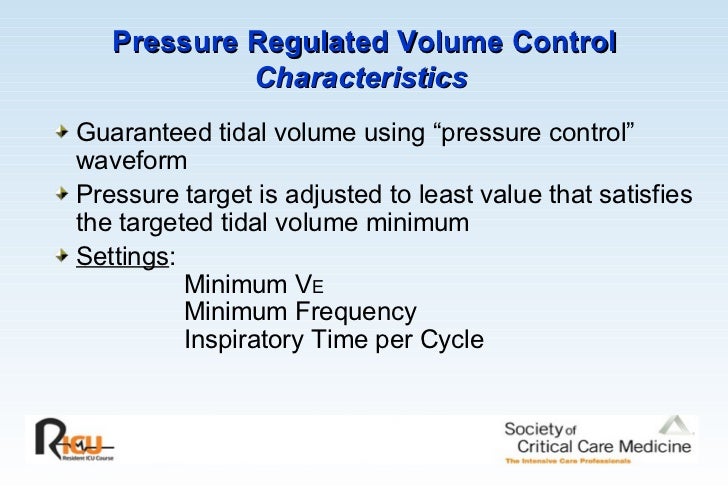


Such data may not be wholly applicable to the neonatal population because the most common cause of cardiovascular collapse in the adult is ventricular fibrillation, not asphyxia. However, due to the lack of clinical data from newborn infants, the guidelines are based on data from adults and animal studies. The current neonatal resuscitation guidelines recommend using a coordinated 3:1 compression-to-ventilation (C:V) ratio (CC at a rate of 90/min and ventilations at a rate of 30/min). The International Liaison Committee on Resuscitation and the American Academy of Pediatrics/American Heart Association Neonatal Resuscitation Program acknowledge this difference. The main cause of cardiovascular collapse in newborn infants is asphyxia, which makes newborn infants distinctively different from the adult population. The need for cardiopulmonary resuscitation (CPR) is often unexpected, and the infrequent use of CPR in the delivery room (DR) limits the opportunity to perform rigorous clinical studies to determine the best method for delivering chest compression (CC) to newborn infants.
#Compression to ventilation ratio trial#
In addition, this will be the first randomized controlled trial to examine CC in the newborn period. In addition, we believe that CC + SI might improve respiratory and hemodynamic parameters and potentially minimize morbidity and mortality in newborn infants. We believe the combination of simultaneous CC and SI during CPR has the potential to significantly improve ROSC and survival. Morbidity and mortality rates are extremely high for newborns requiring CC. All term and preterm infants > 28 + 0 by best obstetrical estimate who require CPR at birth due to bradycardia ( 28 + 0 weeks’ gestational age with bradycardia (< 60/min) or asystole immediately after birth who receive either CC + SI or 3:1 C:V ratio as the CPR strategy. This is a large, international, multi-center, prospective, unblinded, cluster randomized controlled trial in asphyxiated newborn infants at birth. To date, no trial has been performed to directly compare CC + SI and 3:1 C:V ratio in the DR during CPR of asphyxiated newborn infants. Until now no study has examined different CC techniques during neonatal resuscitation in asphyxiated newborn infants in the DR. Similarly, a small pilot trial in newborn infants showed similar results. In comparison, providing CC during a sustained inflation (SI) (CC + SI) significantly improved hemodynamics, minute ventilation, and time to return of spontaneous circulation (ROSC) compared to 3:1 C:V ratio in asphyxiated piglets. Spontaneous gasping by the patient during CPR was able to extend the effectiveness of chest compression only CPR for much longer.The need for cardiopulmonary resuscitation (CPR) is often unexpected, and the infrequent use of CPR in the delivery room (DR) limits the opportunity to perform rigorous clinical studies to determine the best method for delivering chest compression (CC) to newborn infants. After 3-4 min however, hypoxia meant that continuous compressions became worse than the other techniques. The best oxygen delivery was provided by continuous chest compression in the early stages of CPR. The ratios of 15:2 and 50:5 produced significantly greater oxygen delivery to the body than 5:1, the greater blood flow with these techniques offsetting the slightly lower arterial oxygen levels. The most appropriate measure of CPR efficiency appears to be the amount of oxygen delivered to the body during CPR. However, the ratio of 5:1 produced the highest arterial oxygen levels, with continuous chest compressions the lowest.

Computer simulations of blood flow and gas exchange during CPR showed that continuous chest compressions produced much greater blood flow (1.39 l/min) than 5:1 (0.73 l/min), 15:2 (0.86 l/min) or 50:5 (0.94 l/min) ratios. However, it is not clear from clinical or experimental studies whether such techniques offer any physiological benefit over more usual 5:1 or 15:2 compression:ventilation ratios. Simple CPR techniques, such as using only chest compressions, lead to better skill retention and greater willingness to attempt resuscitation on strangers. Experience has shown that better quality CPR leads to a greater chance of a patient surviving a cardiac arrest.


 0 kommentar(er)
0 kommentar(er)
